24 Tips about eating out, groceries, and food in Japan
Japan has an exquisite relationship with food. Japanese learn since childhood and school to have a nutritious and varied diet, that is based on fish, seafood, seaweed, rice, soy, fruit, and vegetables alongside small amounts of other animal products (chicken, beef, eggs). Japanese food is not restricted to sushi or ramen and it invites travelers to know the culture through flavors and textures that might sound strange at the beginning but that end up being delicious. After our first post about essential things to know before leaving the airport in Tokyo, we crafted 24 tips about Japanese food and dining out.
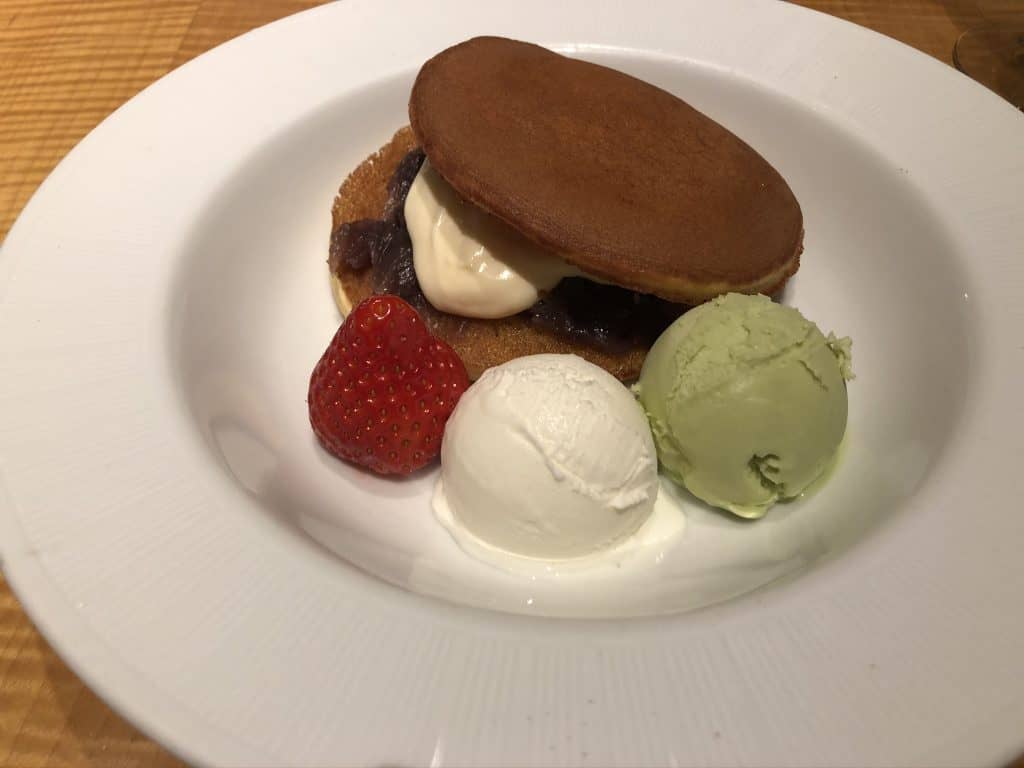
Restaurants in Japan are booked over the phone
Another odd thing in Japan despite the country’s high tech level is that most of the restaurants are booked over the phone. Sure, there are some that can be booked electronically but it is generally through an external service. In our case, we wanted to book at Han No Daidokoro, in Shibuya, and they do it through a company called Gurunavi. The reservation is not immediate. You request your slot and a few hours later they confirm it (or not). It went pretty smoothly for us.
The other way around is to call the restaurant directly. Most of the Japanese restaurants’ webpages are sort of old-style and many are not even translated into English, but you can find the number. Ask your hotel’s staff to call on your behalf because if you don’t speak Japanese the odds of finding someone on the other side of the line that speaks English is nearly zero.
Do not tip when eating out in Japan
Tipping is not part of the Japanese culture. So do not insist on leaving a tip. It is simply not in their mindset. So instead of tipping, just say “gochisosama deshita” (“thank you for the meal”) when leaving.
But you might pay for a “table charge”
You are not being ripped off. This is a cover charge that some restaurants may charge if you eat there. Expect something around 400Y (3.5€) per person but it could reach something like 800Y, for example, in the famous Golden Gai (Shinjuku). It generally comes with a small “gift”, an appetizer to have before your meal.
Wagyu beef is heaven
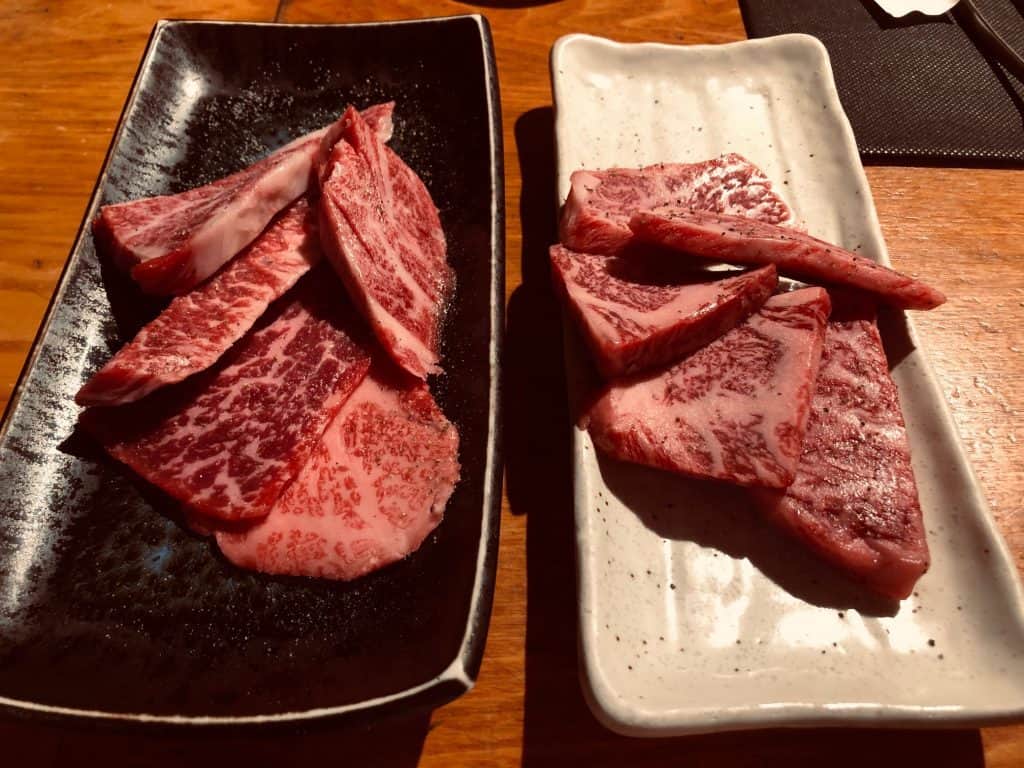
This was on our top priority list for Japan: trying the Wagyu beef, commonly called “Kobe beef” in the west. To clear up misunderstandings:
- Wagyu is any of the four breeds of Japanese cattle. It is not the cut or the beef itself, and it stands generically for “Japanese beef”.
- The breeds are black (Kuroge Washu) that is the most popular; polled (Mukaku Washu); brown (Akage Washu); and Shorthorn (Nihon Tankaku Washu).
- Authentic Wagyu must be raised in Japan? Not really. Wagyu cattle raising is highly controlled and tracked, so the Japanese one is the real thing. However, you can find Wagyu beef from cattle raised in the United States. In Spain Wagyu beef is imported since 2014.
- Kobe beef is beef from Wagyu cattle raised in the Kobe region. It is not the only region where Wagyu cattle are raised though. High-quality Wagyu is also raised in other areas like Ohmi, Kyoto or Yonezawa.
- Wagyu cattle today is the result of crossing the original Wagyu (originated 35,000 years ago) with imported breeds, after the Meiji era (1868).
Wagyu restaurants in Tokyo: try Han No Daidokoro
Our Wagyu dinner at Han No Daidokoro was very satisfying. Their beef comes from Yamagata, known as the origin of the best beef in Japan. We went to the Shibuya unit, which is small, informal and is always packed (reservation mandatory). The staff is super friendly and speaks English. It is important to know that you are the one who will grill your own beef as the barbecue set is on your table and you control the fire. If you are skilled in that and are comfortable doing it, great. If you prefer a chef cooking it for you, so maybe this is not the place for you. (To see prices, scroll down the post).
Tsukiji fish market: where all foodies must go
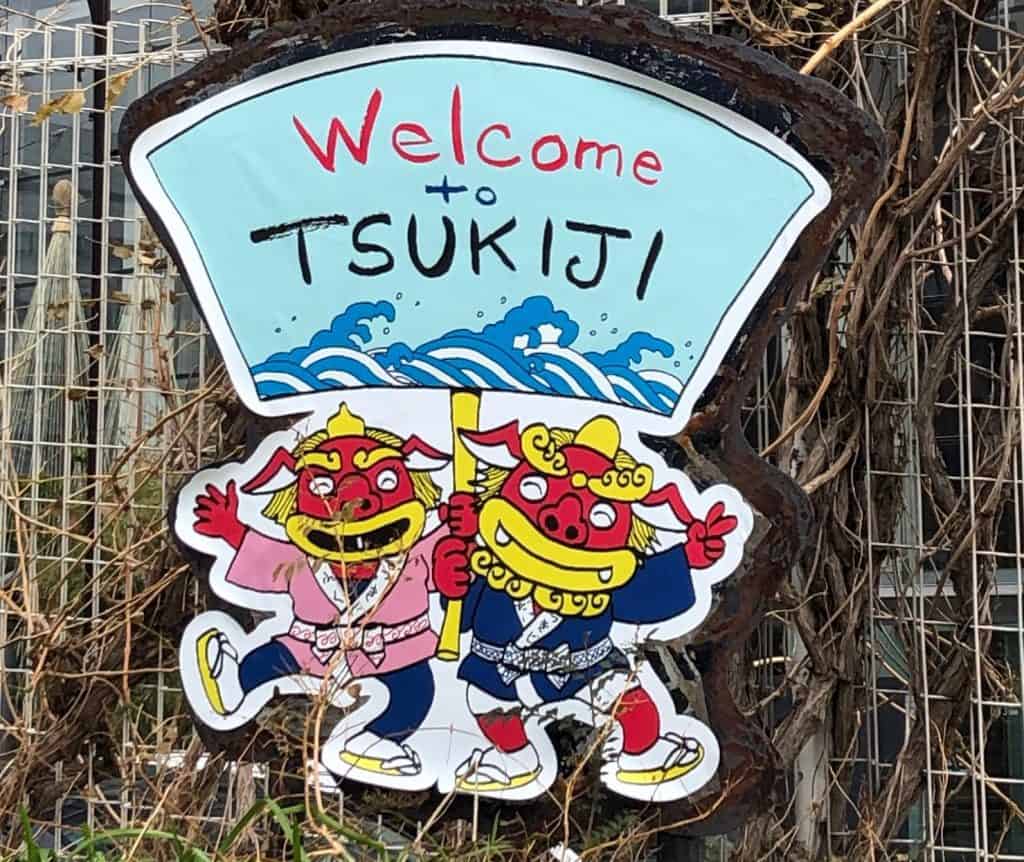
Food markets are the best place to discover Japanese tood.
Tsukiji is the largest wholesale seafood and fish market in the world – and it has two locations! One of them is dedicated to the famous fish auctions at 3 am for businesses. This one moved to the Toyosu market, 2.5km away, with much more space. Now it is known only as Toyosu Market.
The second part of Tsukiji, and that constitutes the outer market, is where everybody goes to taste the most delicious street food and traditional Japanese dishes. This market still in the same place as before (Tsukiji station, Hibiya line). There you will try the best quality seafood in Japan and have the best sushi for breakfast.
Tsukiji market is crowded and you can only pay the street vendors in cash. If you’d like to eat while sitting, there are restaurants too. The fun thing, however, is to go from booth to booth, trying one and another delicacy. An important note is that this is a morning show – the outer market closes around 2 pm. (To see prices scroll down the post)
Mealtimes are earlier
Living in Spain you get used to having lunch around 2-3 pm and dinner around 9-10 pm, but in Japan, you need to advance the clock in a couple of hours. At 11:30 am restaurants are already open for lunch and clients start flocking in, and in the evening they might be closed already at 21.30, 22 pm.
As Tokyo is more of an international city, however, you find restaurants open in a broader time range in the most popular areas (although some restaurant owners keep loyal to the Japanese style). If you wish to try restaurants far from the touristic buzz, go earlier.
Water is free in restaurants
You sit for a meal and you immediately have water in front of you, free of charge. As simple as that.
Tap water is drinkable
No need to buy a bottle of water in your hotel. Tap water is perfectly drinkable.
Japanese food goes way beyond sushi
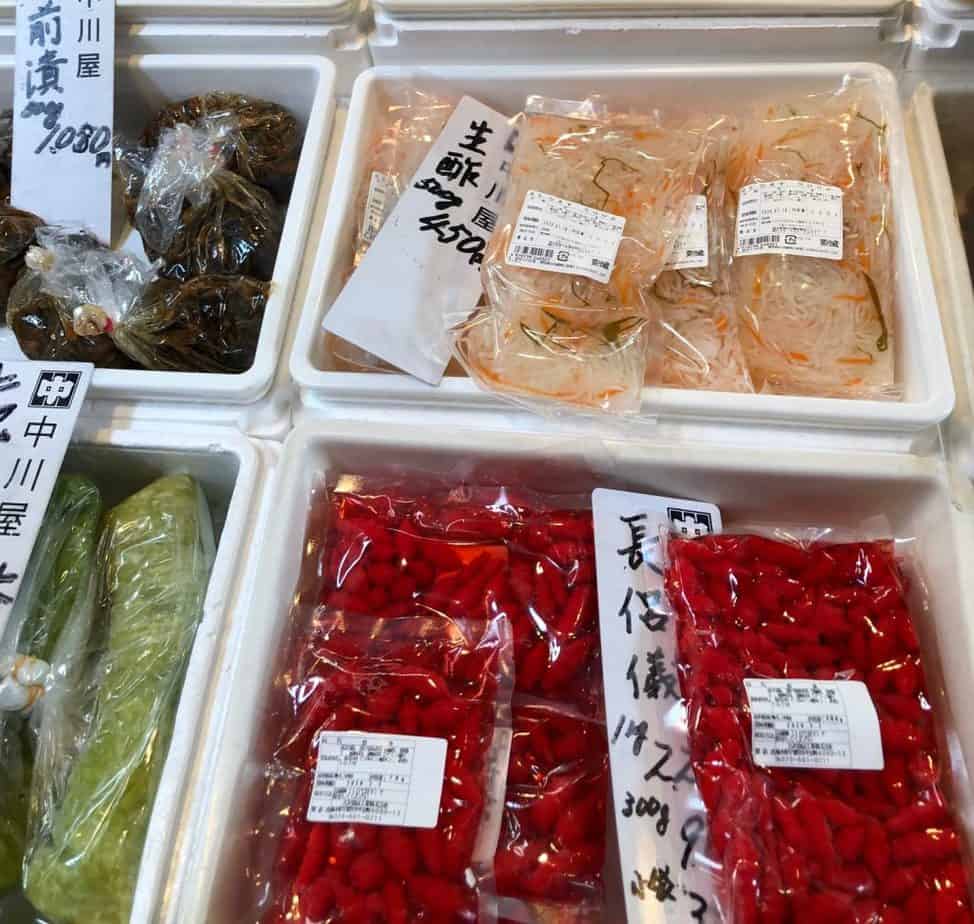
Japanese food is much more varied than you might think. It includes several types of dishes based on seafood, fish, chicken, pork, beef, vegetables, rice, and eggs. Besides, there is a huge offer of desserts and cakes that are a mix of textures, flavors, and elegance. We actually didn’t try as much sushi as we expected because there were many other things to taste (and they looked delicious!). So, open your mind to try even if you can’t really decipher what it is.
Vending machines are omnipresent
But in case you decide to buy a bottle of water while wandering around the city, you will find it in every corner as there are vending machines everywhere. They also sell beverages like teas and juices with the funniest packaging in the world (most of the time). You can pay in these machines with your Suica card.
*** Cost *** A bottle of water in a vending machine: around 1.3€.
Coffee is generally expensive (and not so good)
As coffee lovers, we have to say it was a bit hard to find average good coffee in Tokyo. We tried a new coffee shop nearly every day and we can assure that you will have excellent coffee at Anea Cafe. It is a cozy place offering coffee and meals (Italian cuisine) in three different locations (Shirokane, Shibuya, and Nakanoshinbashi).
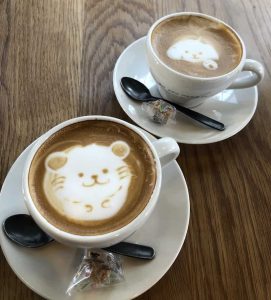
*** Cost *** At Anea, a latte costs around 5.5€. It comes beautifully decorated and tastes delicious. The average latte costs around 5-7€ anywhere.
If you thought that it was already too much to let pups inside restaurants or cafes, you will get amazed as to how dogs are loved and welcome in Japan. There are a number of establishments “dog-ok” and you might even find places where they (dogs) have an especially designed menu.
Anea Cafe is one of those places where people take their pups to have lunch picked from a dog menu – meaning, dishes prepared for the canine. For the looks, we wouldn’t mind tasting some too 🙂
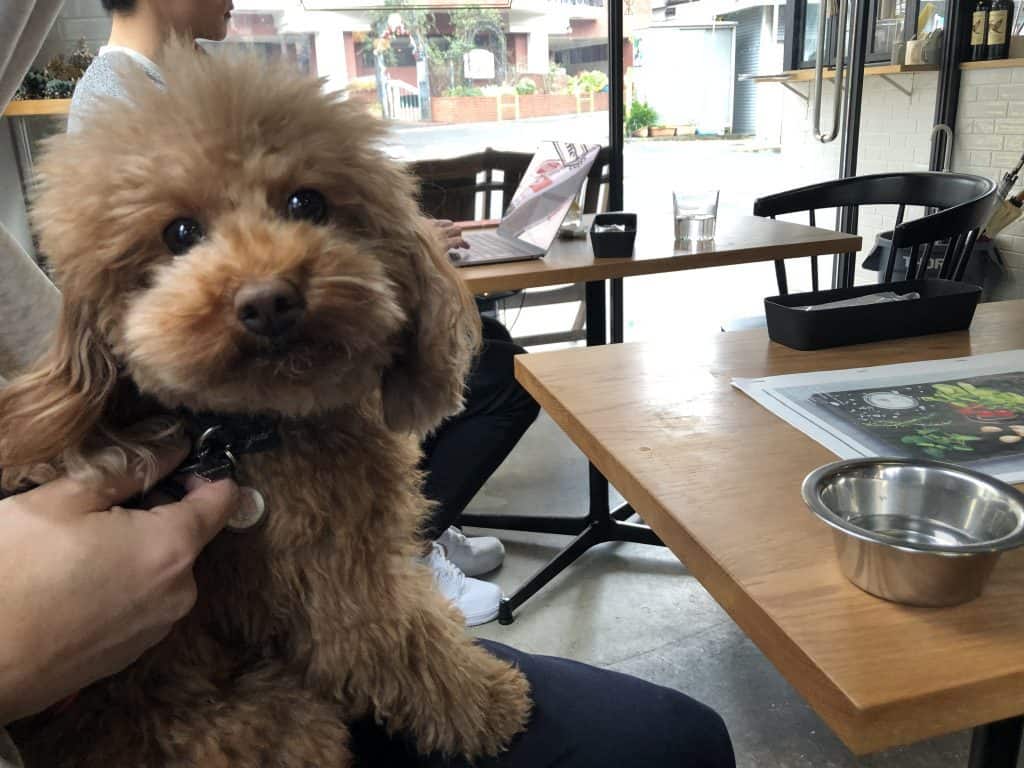
Consumption tax may not be included in the price
Since October 2019, Japan raised its consumption tax (similar to VAT in other countries) from 8% to 10%. Dining out is subject to a 10% tax while taking away is 8%. So the prices you sometimes see on restaurants’ displays or menu might not include the VAT.
Smoke inside restaurants not outside
While in many parts of the world smoking inside any area is growingly getting restricted, in Japan the restriction applies to the outside areas, where it is allowed to smoke only in designated spaces. Meaning you will see more smokers inside bars, cafes and restaurants (and also hotels) than outdoors. The good news for non-smokers is that some restaurants keep smoke-free areas and this is a growing trend.
But truth be said: smoking in Japan is still a popular habit despite the decrease in the number of smokers. In 2015 around 20% of the population smoked.
Do not eat while walking
While in Japan, do like Japanese – and do not eat while walking. If you are hungry, eat in a restaurant, take it away to eat at home or eat in designated areas (like in front of conbinis), but do not get your bites while walking on the streets or if you are simply standing around outdoors.
It is also bad etiquette to eat and drink inside trains and metro (except long-distance trains).
About drinking, it is ok to have a canned or bottled beverage standing close to vending machines.
Beer and wine are pricey but the drinks not so much
Compared to Spain, where you can have a beer in a restaurant for like 2-3€, in Japan you will pay something like 5-7€. If you choose wine, you may easily get to pay around 7-9€ for a glass. However, you can have sake, whiskey or alcoholic drinks with soda in cozy places for 4-7€.
Conbinis will save your life
The Japanese eat out a lot and also buy their food in convenience stores (the famous “conbinis”) or at the groceries before heading home. Conbinis sell both fresh and not-fresh food, beverage, some emergency stuff like toiletries, pet food, etc. Meaning you can have sushi, onigiri, fried chicken, buns, sandwiches, sweets, candies, strange stuff, and the list never ends. We found them very useful and food-speaking, not bad. Everyone says prices at conbinis are fairly better than in grocery stores, but we honestly didn’t notice that. They seemed the same to us. You will see conbinis everywhere and open late at night (at least until 10 pm). Lawson, 7-Eleven, and FamilyMart are the most common ones.
You can auto-pay with a credit card, Suica or mobile payments, but the instructions are only in Japanese.
Not all restaurants are on the ground floor, but Google Maps doesn’t tell you that
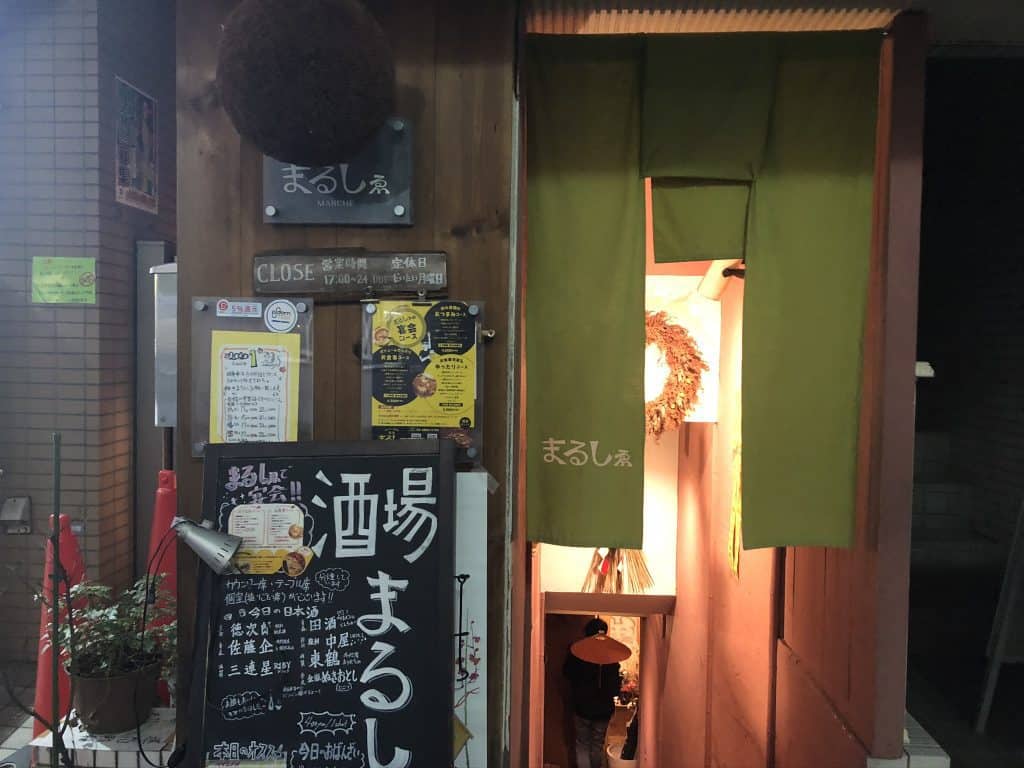
Google Maps is a necessity to move around, period. Also, it is really good to show you well-rated bars, restaurants, izakayas (pubs) around. However, it doesn’t tell you if the establishment is underground or on the upper floors, as in Japan, restaurants, shops, and businesses are not always on the ground floor. If the restaurant you’d like to go to is in a big building, maybe you don’t find out the floor so easily. You might need to ask for some Japanese to help you. So, don’t be shy and ask for help.
Japanese fast-food is healthier than you expect
The Japanese reframed the concept of fast-food. In Japan fast-food is not a synonym for trash food. It’s the opposite, it is “normal” Japanese food you can have faster than it would take in a restaurant. Under this concept, you can have onigiris, sandwiches, and buns that are healthier than any greasy hamburger.
But, of course, you can also find Western fast-food in Japan, in case you wish to make your body suffer.
Queues are everywhere and are well-organized
If you are in Tokyo, the odds are that you will end up in lines if you wish to eat out. Japanese, naturally, do not skip the lines and try to make them the least time-consuming possible. In restaurants, you may find queues to have a table or simply to enter the place. We waited outside on many occasions, generally for 10 to 15 minutes, until there was a free table inside.
A tip to wait less is to have lunch or dinner at the Japanese time, meaning 11:30 am and 6:30 pm, or booking it in advance. In case you choose the latter, be punctual.
In most of the busy areas, where travelers generally go to, menus are in English or have pictures that make it possible to figure out their offer and then order. However if you expand your route or if you wish to go to non-touristic places, it’s very possible that you don’t have any English menu or not even a person in the staff that can communicate with you.
We ended up in a place like this, an izakaya in Yoyogi-Uehara called Marché. It is a cozy izakaya with a great variety of sake, beverages and a few delicious dishes. We simply loved their tuna sashimi! It was in a few levels superior when compared to other places we were.
The most famous and awarded ramen in Japan
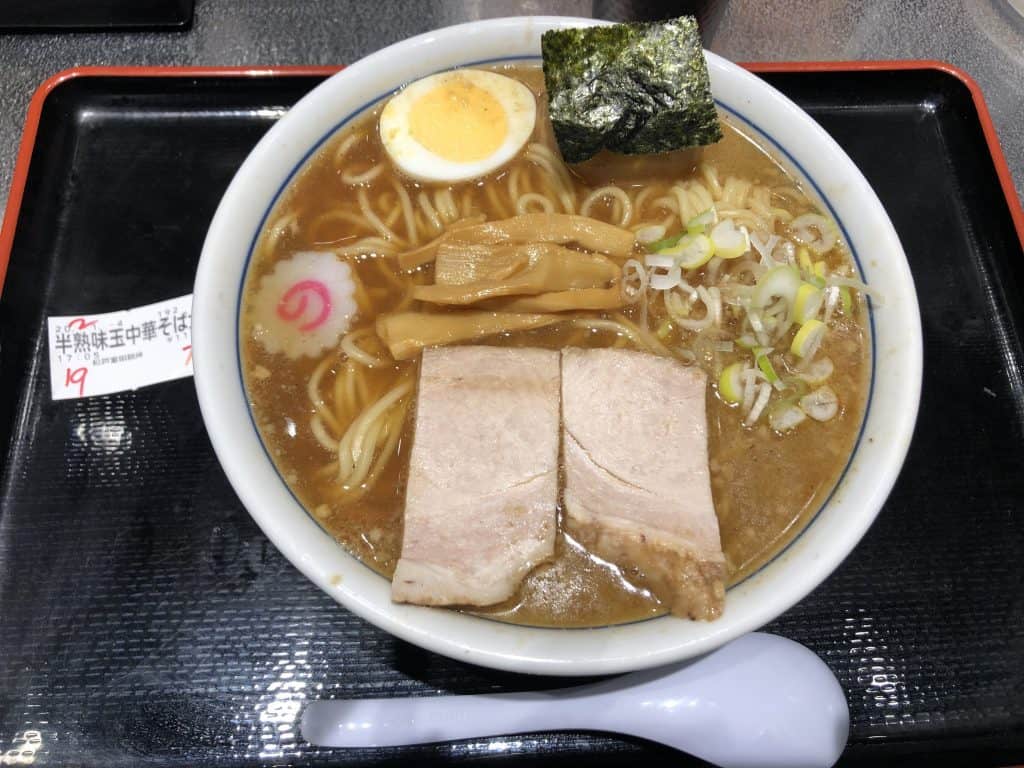
We tried the ramen of chef Osamu Tomita, star of documentary Ramen Heads and the most praised ramen chef in Japan. We were at Men Ban, his ramen restaurant in Kitte, a shopping center around Tokyo Station. We went there at 6 pm when the line wasn’t so long.
We waited for like 10 minutes. We ordered the 400gr bowl, thinking that 400 was the total weight of the meal when it really meant to be the weight of noodles. So we had this huge bowl and left the place rolling. But it was worth it.
Slurping is a sign of appreciation in Japanese etiquette
That’s not a legend. Slurping, especially when having noodles, is ok, acceptable and expected in Japan. It’s a sign that you like what you are having and everybody simply follows the rule.
How expensive is eating out in Tokyo?
Japanese food is frequently expected to be expensive. Our experience though was varied in price, type, and elegance level of the places we were to. We learned that it is perfectly possible to eat well and on a budget in Tokyo. For that, you will mostly eat in fast-food places, street markets, modest restaurants or buy in conbinis. We did all these and tried really cool places too.
How much we paid for meals in Tokyo
Wagyu dinner at Han No Daidokoro (Shibuya)
This is the best-rated Wagyu restaurant with prices lower than 100€ per person. Yes, a complete Wagyu dinner can easily go up to 200€ or 300€. But at Han No Daidokoro, in Shibuya, think of something around 40-60€ per person for a complete dinner with beverages included, which is incredibly cheaper than anywhere else. Our meal was delicious and yes, Wagyu really melts in your mouth.
Seafood at Tsukiji Market
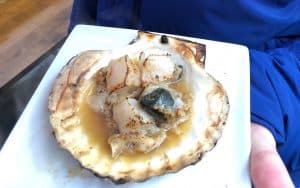
You can have a fish skewer as cheap as 2€ and you can have one fresh scallop prepared in front of you for around 10€, meaning there is a huge variety of street food that fits all pockets. Sushi restaurants in the market have sets starting around 25€ per person.
Ramen by famous chef Osamu Tomita at Men Ban (Kitte, Tokyo Station)
We ordered a 400gr ramen bowl each and it cost around 10€ per person.
Ramen in Marukin (Shirokane)
We ordered an average ramen bowl each and shared a gyoza plate. It cost around 10€ per person. We loved this place, close to our hotel in Shirokane. Small, simple and delicious.
A set of gyumeshi and miso soup at Matsuya
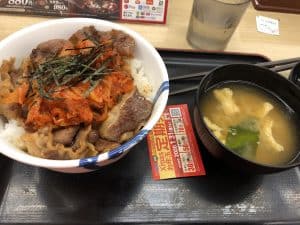
Matsuya is a popular fast-food chain in six prefectures of Japan. That is the kind of place where you order on a machine in the entrance and sit in high stools and in something like three minutes your food is ready. We paid less than 6€ for a set that included gyumeshi (beef on rice on a bowl) and miso soup. Fair enough.
Yakisoba at DiverCity Tokyo Plaza (Odaiba)
We had a fast meal at DiverCity, where the Unicorn Gundam life-scale statue is, and it was pretty normal: yakisoba and soda for around 9€.
Dinner at Marché izakaya (Uehara)
We had a 3-starter set, tuna sashimi, gyozas and stone-grilled chicken, plus sake and ginger ale, for 25€ per person. Delicious food, only Japanese menu, very nice staff.
Kushiage at Shuns Ginza (Tokyo Station)
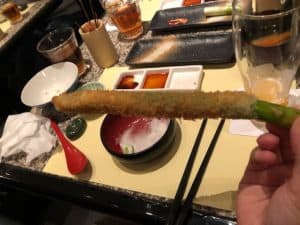
Kushiage is a dish of deep-fried skewered meat or vegetables and Shuns has five restaurants in high-end neighborhoods. We tried a lunch menu at Shuns Ginza with three starters and the skewered vegetables with a beverage (beer or soda) for 15€ per person.
FAQs about food in Japan
How much money should I take to Japan to spend on food?
It obviously depends on your budget and food preferences, but it is not difficult to save on food and dining in Japan. You can survive on a budget of 1,800¥ (15€) per person/day, having three meals, but keeping fresh coffee away as it is expensive in Japan. If you are very frugal, you can even lower that to 10€. In our case, we spent on average 4,800¥ (40€) per person/day, including 5€ for things we bought at conbinis (some fruit and small portions for breakfast). This budget allows having from street food to izakayas or comfy restaurants you sit-in, besides having coffee in nice cafés.
How cheap can I eat in Japan?
Japan has all kinds of dining establishments so you will find something that fits your budget, but in general, you can have good ramen (even at famous chef Osamu Tomita’s Men Ban) for less than 1,200¥ (10€). In small places, those with machines to get your ticket, there are sets or dishes from 400¥ (3.5€). In high-end areas, like around Tokyo Station, you can have an executive lunch menu (including beverage) from as cheap as 1,800¥ (15€). You can have street food delicacies ranging from 200¥ to 1,000¥ in the temples’ markets or Tsukiji market. In Shibuya and other popular areas, you can have a full yakiniku dinner (grilled meat, best if it is wagyu) starting from 4,800¥ (40€) although the average price is beyond 100€.
How much does coffee cost in Tokyo?
A fresh latte at cafés range from 600-800¥ normally. At conbinis you can get it for 300 or 400¥.
How much does a beer cost in Tokyo?
Expect to pay around 500-600¥ for a beer. That’s pretty the average.
How good is conbini food?
Conbinis offer many kinds of fast-food that are fresh or nearly fresh. So you can have sushi, small dishes, fried chicken, buns, and so on, that should be eaten the day you buy them or at most the next day (if specified in the package). It is not bad at all, some things are very curious to Westerns, and you can basically live on conbini food, if your budget is tight.